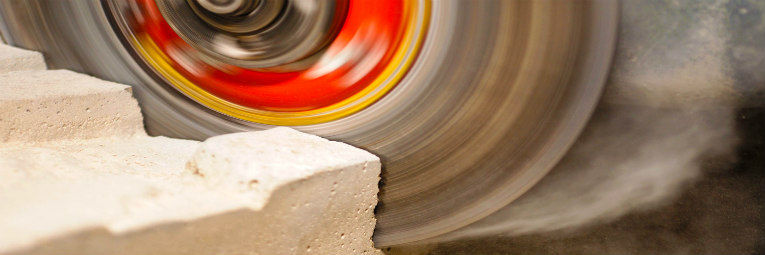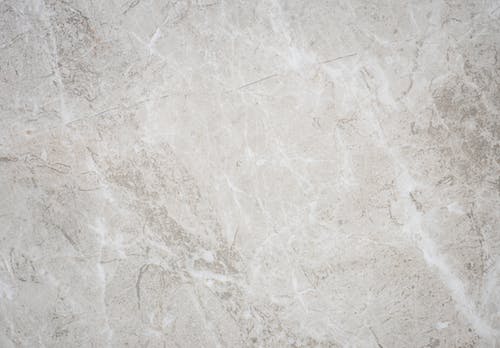

A Guide To Selecting The Right Diamond Blade
A selection of the diamond blade is directly linked to the cost and quality of your concrete cutting or drilling project. Choosing a right blade for the job will help you accomplish the job in cost-effective, efficient and timely manner while selecting a wrong blade will add to the cost and downtime.
Choosing the right blade for the right diamond cutting machine to cut through the right material can save you a good amount of time and money and add to your profits. So, now when you know why selecting a right diamond blade is extremely important for your construction business, here we have brought to you the top 5 factors you need to consider in order to select the right blade for your project.
The Top 5 Things To Take Into Account For Selecting The Right Diamond Cutting Blade
The Type Of Material
The type of material you want to cut through directly impacts the cutting speed and lifespan of the diamond blade. Usually diamond blades are designed to efficiently cut through a wide range of materials. But to obtain optimal performance of the blade, it is important that the blade perfectly matches the material to be cut.
You will need to identify what aggregates are used in building the material you want to cut through. Once you are aware of the type of aggregates used into the material, you will be able to choose a blade that best match to cut it. It is also essential to measure the hardness of the material to be cut.
A majority of the diamond blades manufacturers clearly mention a particular blade is suitable to cut particular type of aggregates or they will mention the categories of aggregates (like hard, soft or medium) the blade is suitable to cut through. The manufacturer’s guide will surely narrow your choices.
The Type Of Cutting Equipment
So, are you going to use a flat diamond saw or a power cutter? The type of a cutting machine you will be using controls the selection of the diamond blade.
All diamond blades are designed to fit a specific diamond cutting machine. So, make sure the blade you select is acceptable to run on the machine you are planning to use.
The most diamond cutting equipment allows the blade to use water as a lubricant and coolant during the cutting operation. But sometimes you may come across a condition where you aren’t able to supply or source water during the operation. Depending on this, you will need to select dry or wet diamond blades.
While selecting the blade, make sure you check the maximum safe speed (RPM – Revolution per minute) of the blade. And verify if the blade shaft or the tool is within the maximum safe speed limit of the blade. If a blade runs slower or faster than the standard speed required, it can cause damage to the blade and make it wear out faster.
The Depth Of Cutting
You need to select the diameter of the blade depending on how deep you want to cut into the material. Most manufacturers specify the ‘maximum cutting depth’ of the diamond blade but actual depth of the cuts may vary slightly at the job site based on the diameter of the blade and type of the equipment you use.
The Cutting Methodology
There are mainly two techniques used by diamond cutting experts: wet cutting and dry cutting. As the name suggests, wet cutting involves use of water during the operation while the latter doesn’t. In dry cutting, the operator relies on the airflow surrounding the blade to prevent overheating.
Not all blades are designed to cut with water or to cut dry. Knowing the technique you are going to use for cutting material will help you select the right blade. If you use a wet cutting blade without supplying it water during the cutting operation, it can cause severe damage to the blade and can pose a potential risk to the safety.
The Cost Per Cut
Not only the price of the diamond blade needs to be considered but you also need to consider the cost per cut while selecting the blade. Ask yourself, whether you need the blade for a one time use, occasional use or regular use? The blades that come with higher initial price actually deliver the lower cost per cut. You will find the blade’s performance related details in the manufacturer’s user guide.
Consider these five things to select the right diamond blade and you will avoid the incidents of blade troubleshooting to a great extent. Besides, these guidelines will help you save a good amount of time and money.
- Search
- Categories
- Achilles Building Confidence
- Blog
- Brokk demolition
- Certificate
- Concrete Cutting
- Controlled Demolition
- Diamond Concrete Cutting
- Diamond Concrete Drilling
- Diamond Drilling
- diamond drilling london
- Diamond Sawing
- Fire doors
- Floor Preparation
- Hydraulic Bursting
- Magnetic Drilling
- Passive Fire Protection
- Stitch Drilling
- Archives
